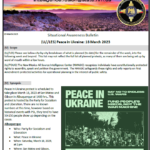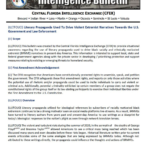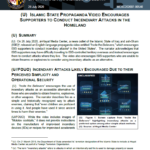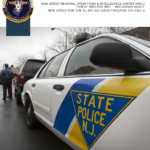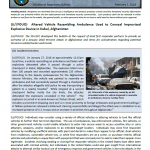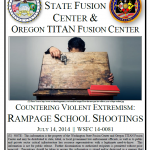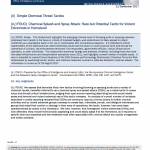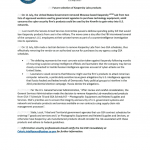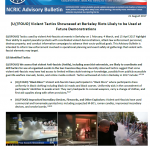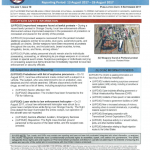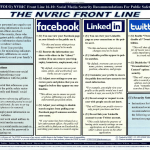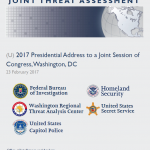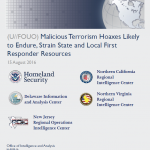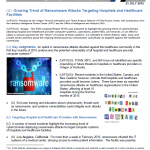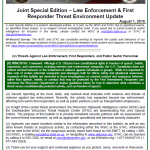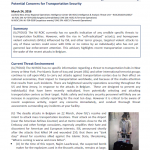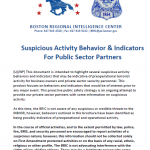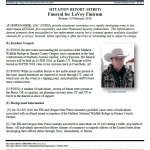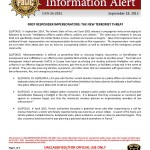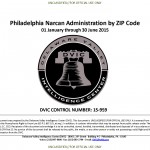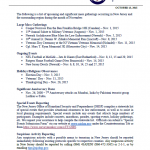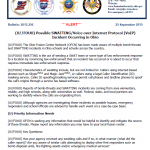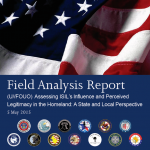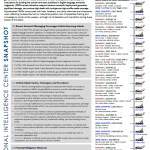
Use of vehicles by violent extremists for ramming attacks has increased steadily, while use of vehicle-borne improvised explosive devices (VBIEDs) remains rare outside the Middle East. Given the ease with which ramming attacks can be accomplished, it is likely use of this tactic will continue to rise. Unlike VBIEDs, ramming attacks require little specialized training or skill, present minimal risk of detection when acquiring the weapon, and offer flexibility with regard to preparation, timing, and target. Foreign terrorist organizations (FTOs) have pointedly encouraged use of vehicle ramming attacks, offering explicit tactical advice on vehicle selection, driving tips to maximize fatalities, and targeting suggestions that include parades, festivals, street fairs, outdoor markets or conventions, political rallies, and other crowded targets of opportunity.
Read more →
